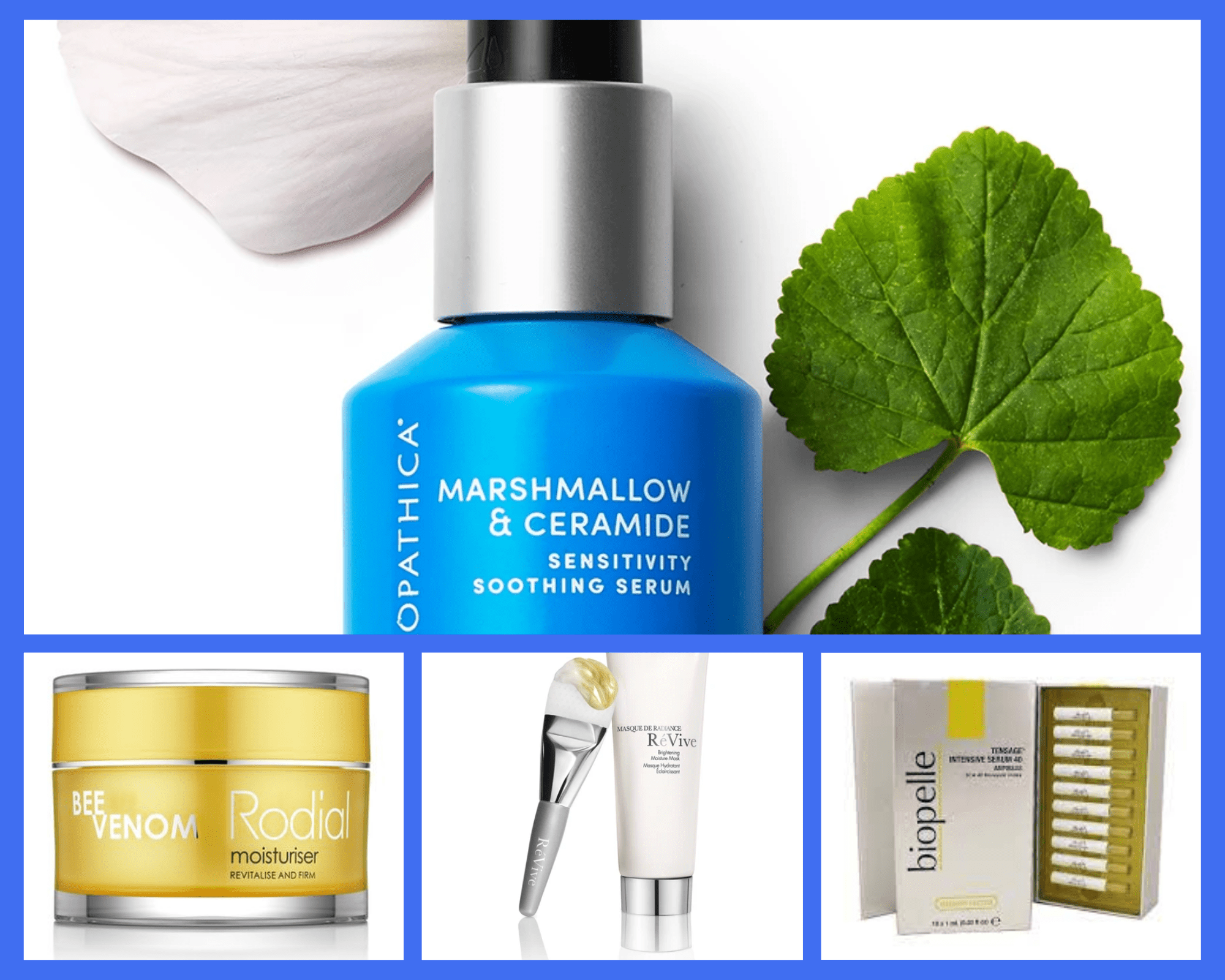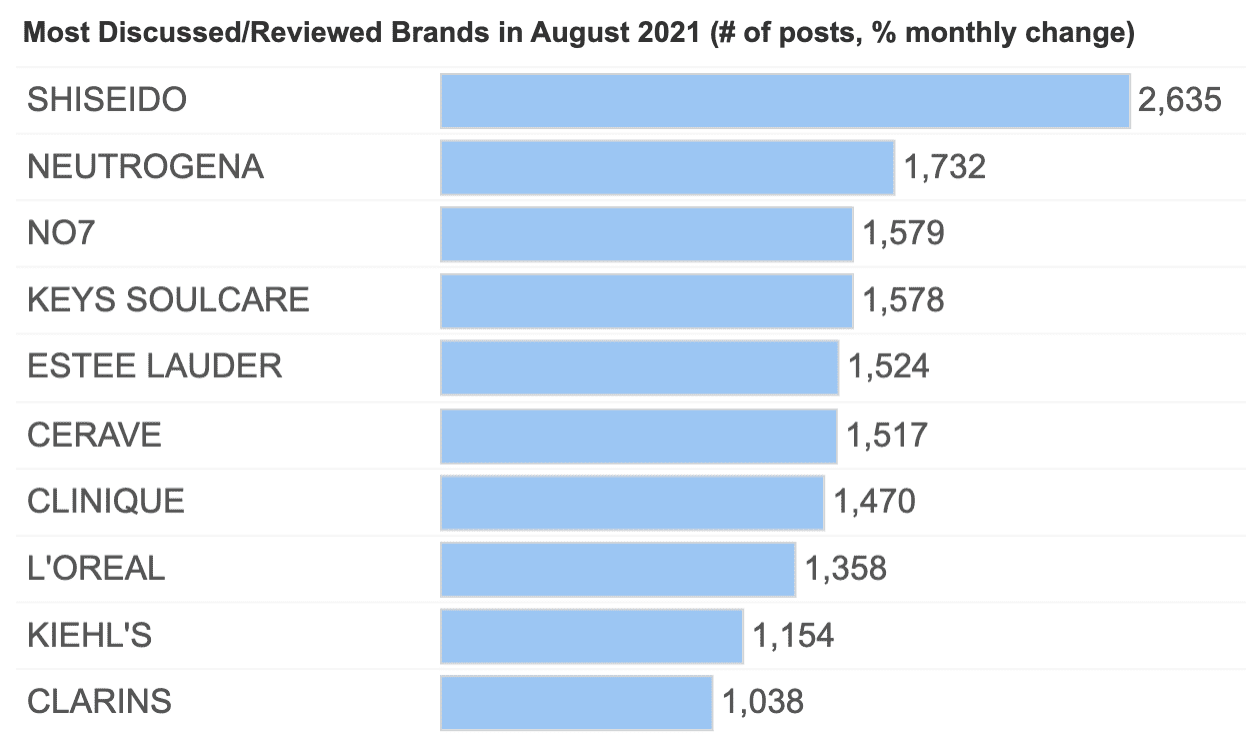
Joshua Dreller
Sr. Director, Content Marketing @ Skai

Joshua Dreller
Sr. Director, Content Marketing @ Skai

A little trivia for you—your skin is the largest organ in your body.
Taking care of your skin should be a key, daily activity with the weather changing—and the fact that we’re washing our hands/using hand sanitizer so much during the pandemic.
According to an article in The New York Times, a solid skincare routine consists of three main steps:
There are so many hyped-up ingredients that can supposedly provide your skin with the nourishing care it needs. Here are some of the latest skincare products with some rather unusual ingredients:

The global skincare market will grow to $189.3 billion by 2025. Industry data shows that younger consumers—even teenagers—are getting into skincare regimens more often these days as a way to stay looking youthful. This is a fairly recent phenomenon as skincare brands have traditionally been focused on older consumers. With market behaviors changing rapidly, skincare brands must stay on top trends to remain competitive.
Consumer and market intelligence platforms like Skai are increasingly used by skincare brands looking to keep a finger on the pulse of what is happening in the category in real-time and get ahead of the latest trends.
Skai collects more data than anyone else relevant to skincare (social reviews, product listings, ratings, reviews, patents, etc.) so that brands don’t miss a thing. Then, we apply natural language processing so that it’s easy to extract what is happening in the si category and why — and what will happen in the future. And we visualize the data in a way that makes it easy to understand for anyone from Insights, Marketing, Brand, Product Innovation, and more.
Our Skincare category includes data from over:
So what is the data showing us? Let’s take a look!

Has this happened to you? You buy a skincare product and its smell and texture change over time. Why does this happen? It is because some of the active ingredients in the product can be affected over time. This is because many organic ingredients can be sensitive to light and temperature changes. This can change their chemical properties and be rendered inactive in some cases, and may even become irritable to your skin—the exact opposite effect for why you bought the skincare product in the first place.
Encapsulation is when ingredient molecules are put into a protective coating of
There has been a 500% increase in skincare products featuring Encapsulation Technology in the last year—and consumers are noticing. In the last year, there has been a 1350% increase in skincare social media posts and a 200% increase in consumer product reviews that mention this innovation.
To find out what’s hot, what’s not, and what’s next in your industry, please reach out today to schedule a brief demo of Skai’s market intelligence platform.
We use cookies on our website. Some of them are essential, while others help us to improve this website and your experience.
Here you will find an overview of all cookies used. You can give your consent to whole categories or display further information and select certain cookies.